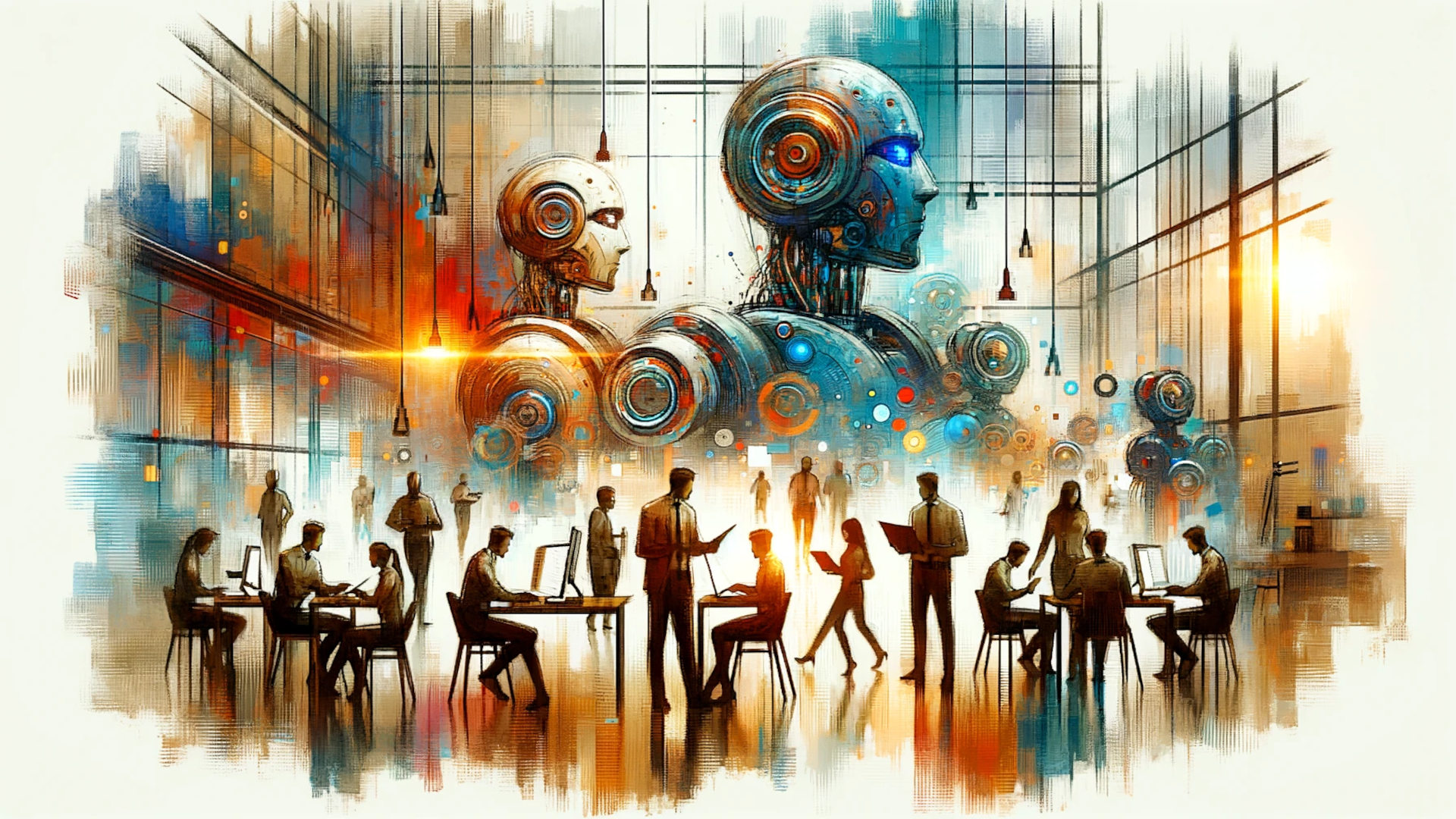A recent study by MIT researchers meticulously examined the economic viability of automating tasks with computer vision AI, revealing a nuanced landscape. (Note that in the context of LLMs people often speak of multimodality, i.e., models that are able to handle other modalities such as images, audio, or video in a unified framework.) According to the authors, although 36% of U.S. non-farm jobs are exposed to AI, only 8% of these jobs have tasks that are economically attractive for automation. This distinction underscores a significant gap between the potential for technical automation and the narrower scope of economically justifiable automation.
Economic Analysis
The economic analysis shows that vision tasks (a task that involves analysing - looking at - a “thing” to check for a defect, etc.) represent just 1.6% of U.S. non-farm compensation, with a mere 0.4% considered economically viable for AI automation. This indicates a cautious approach to AI adoption, emphasizing cost-effectiveness as a critical determinant. Moreover, the median firm, including those with thousands of employees, finds automating vision tasks economically viable for less than one-tenth of their vision-related labor, highlighting the current economic constraints on widespread AI integration.
This cautious adoption is reflected in broader industry trends, where less than 6% of firms utilize AI technologies, predominantly large firms which account for 18% of employment. The disparity in adoption rates and the concentration among larger firms suggest economic feasibility and scale as central to AI's integration into business operations.
Furthermore, the study finds that 77% of vision tasks are not economically viable to automate at the firm level, underscoring the importance of cost-effectiveness in the proliferation of AI technology. This critical insight into the economic challenges of AI adoption points towards a future where AI's impact is gradual, shaped by the evolving cost structures and economic incentives.
Economic Viability
The study distinguishes itself by addressing the economic viability of AI automation in a detailed and comprehensive manner, unlike previous studies which primarily focused on the potential for AI exposure without considering the technical feasibility and economic attractiveness of automation. It introduces an end-to-end model for estimating AI automation's economic benefits, incorporating workers' surveys, cost modeling of AI systems, and detailed analysis of tasks' automation potential. The study assumes costs of $1,765,000 for the implementation of an AI vision system and yearly costs of $242,840 the maintenance of vision system. An off-the-shelve system is considerably cheaper, with $165,000 for the implementation and $122,840 yearly costs for maintenance.
A straightforward hypothetical scenario illustrates the significance of these considerations. Let's take the example of a small bakery contemplating the adoption of computer vision for automation from the study. One of the tasks performed by bakers involves visually inspecting their ingredients to ensure their quality, such as checking for spoilage. It's conceivable that this visual inspection task could be replaced by a computer vision system, achieved by incorporating a camera and training the system to identify spoiled food items. However, even if this specific visual inspection task could be isolated from the rest of the production process, is it financially justifiable to do so?
Data from the Bureau of Labor Statistics O*NET indicates that inspecting food quality, as a proportion of a baker's responsibilities, accounts for approximately 6%. In the case of a small bakery with five bakers earning typical annual salaries of $48,000 each, the potential cost savings from automating this task amount to $14,000 per year. Nevertheless, this sum falls considerably short of the expenses associated with developing, implementing, and maintaining a computer vision system. Therefore, it can be concluded that substituting human labor with an AI system at this bakery is not economically viable.
Distinguishing Automation from Augmentation
The study focused on the automation of tasks, which provides a limited perspective on AI adoption. AI has the potential to not only automate but also enhance human labor or create entirely new products. A survey reveals that a staggering 83% of executives foresee AI augmenting human labor rather than replacing it. Additionally, only 50% of AI startups assist customers in reducing labor costs, while a remarkable 98% concentrate on developing products to amplify capabilities.
Summary and Outlook
The approach of the study provides a nuanced understanding of AI's economic impact, emphasizing the importance of cost in determining which tasks are practical to automate. As illustrated by the bakery example, even when jobs can be automated in theory, they might not be due to economic constraints. While are in the very early stages of the ongoing AI-driven job market revolution, it’s definitely wise to be prepared for a AI future:
Invest Wisely in Your Knowledge Base. The way you codify, digitize, and structure your knowledge will become a vital driver of value in the years ahead. Generative AI and large language models are poised to facilitate the seamless transmission of knowledge and skills across teams and business units, thereby accelerating the pace of learning and innovation.
Embrace Conversations with AI. As AI evolves into a collaborative partner in intellectual pursuits, it will increasingly enhance the effectiveness and creativity of human intelligence. (Knowledge) workers must become adept at effectively instructing AI to optimize their workflow. Don't wait; start experimenting with generative AI tools today to hone your skills in prompt engineering. It's a crucial skillset for creative professionals in the forthcoming decade.
Unlock the Future of Business with AI
Dive into our immersive workshops and equip your team with the tools and knowledge to lead in the AI era.
